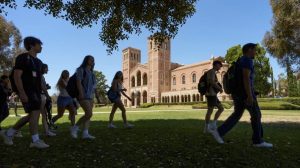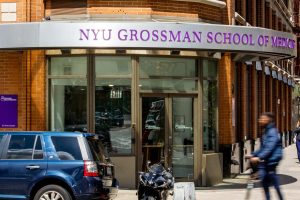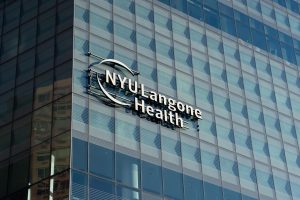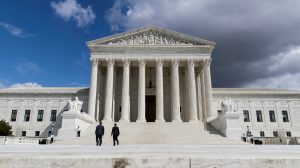Colleges feel the weight of Supreme Court affirmative action decision as Black enrollment falls
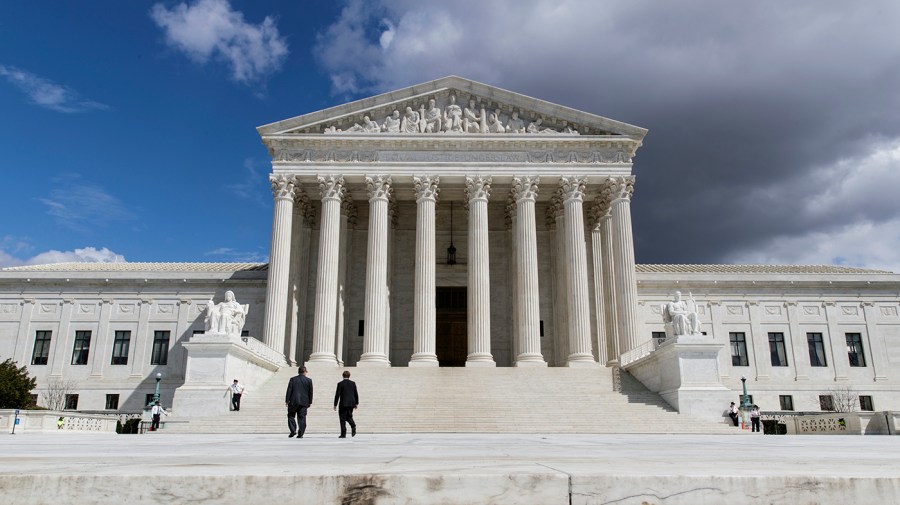
Two years after the Supreme Court ruled to abolish affirmative action in higher education admissions, Black enrollment at selective universities is down, Asian American enrollment is up and the implications of the decision are becoming clearer.
An analysis by The Associated Press of 20 elite schools shows the drastic effect the 2023 high court decision had on enrollment, with some institutions seeing their Black student population drop to as low as 2 percent.
While everyone agrees the 6-3 Supreme Court decision is the cause, debate swirls around how schools can get the numbers back up and how the Trump administration would respond to a concerted effort to do so.
“The recent decline in Black student enrollment at elite institutions is not accident,” said Madison Weiss, senior analyst for Higher Education Policy at the Center for American Progress. “It reflects the very predictable and deeply troubling consequences of dismantling one of our nation’s most effective tools for equity.”
The biggest decrease the AP found was at Columbia University, which went from 20 percent Black student population before the ruling to 13 percent in 2025. Harvard went from 18 percent to 11.5 percent.
Most other institutions had a drop between 2 percent and 5 percent in Black enrollment, with the California Institute of Technology seeing the lowest Black student population of the schools at 1.6 percent, compared to 5 percent before the ruling.
Asian American enrollment went up at many institutions, although the changes were often smaller than the drops in Black enrollment. Asian American enrollment rose 9 percent at Columbia, 4 percent at Harvard and 6.5 percent at Haverford College.
Other schools, such as Yale University and Amherst College, saw declines or no differences.
“We’re back to numbers that we worked really, really hard to eliminate. Where we, as in higher education, we worked really hard to diversify all colleges and universities, and so I’m worried about how that is going to slip back. … I am pretty deeply concerned that we are going back to a time where we’re not thinking about those past inequities and kind of trying to pretend that they never existed, or that they don’t exist, or that they don’t continue to have an impact,” said Marybeth Gasman, executive director for Rutgers University’s Center for Minority Serving Institutions.
Experts say one way to help diversify the student population is abolishing legacy admissions, a practice that has disproportionately been favorable to rich or white applicants.
Others have championed a “holistic review” that helps ensure low-income students, rural applicants and first-generation students are given fair consideration.
“Institutions can and must use every race-neutral tool available to promote diversity and equity,” Weiss said.
Universities “can also think about adopting targeted outreach and mentorship programs for underrepresented communities in the K-12 pipelines. They can also consider broadening geographic recruitment and partnering more closely with public schools and community colleges in underserved areas,” she added.
And in the current political environment, colleges could face fierce opposition to any new efforts to diversify their student bodies.
Before the Supreme Court’s decision, 50 percent of Americans said they disapproved of taking a student’s race or ethnic background into consideration during college admissions, and since then, the Trump administration has made a priority out of eliminating diversity, equity and inclusion programs.
Some experts have no problem with the new numbers.
“I don’t necessarily see that as a good or bad thing, but I see that as just the results of this new admissions regime that colleges are required to operate under,” said Preston Cooper, a senior fellow at the American Enterprise Institute.
“Americans think that colleges should not be taking into account race when they’re making their admissions decisions,” he added.
In deals the Trump administration has made with universities to restore frozen funding or end federal investigations, it has targeted admissions processes and had schools agree to ensure race is not used in ways it says is against the law.
“I’m concerned that they’re not going to fix it, and if they do, they’re going to be … really, really quiet about it, because any attempts to fix something are going to be attacked by the Trump administration,” Gasman said.
“I do think that institutions can do something, but I think they’re going to have to be fairly stealth about it and quiet about it,” she added. But, even if a school does succeed, “I just think the Trump administration is going to keep asking questions until they get the answer that they want.”
